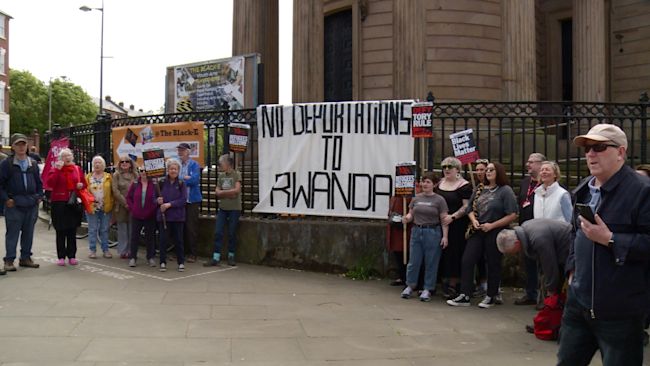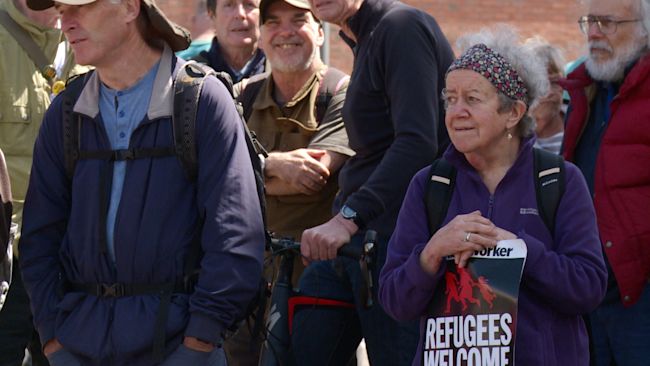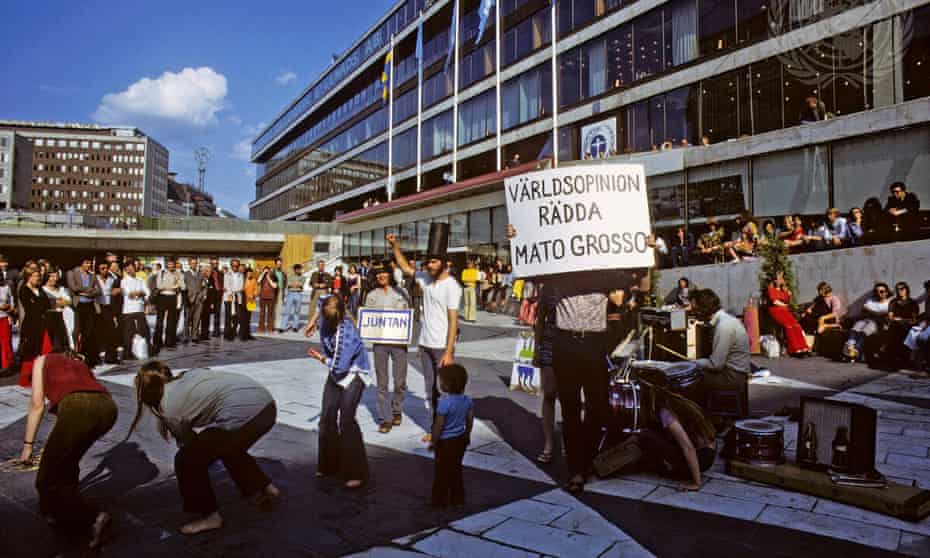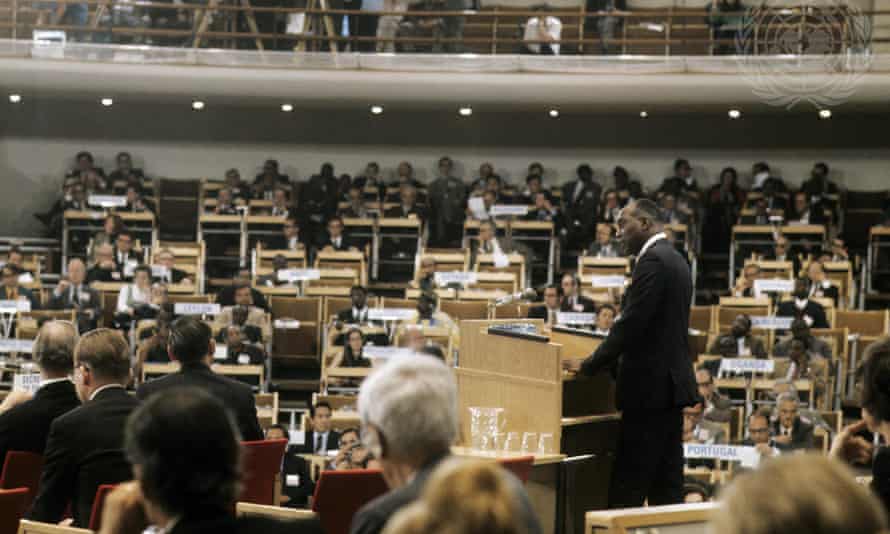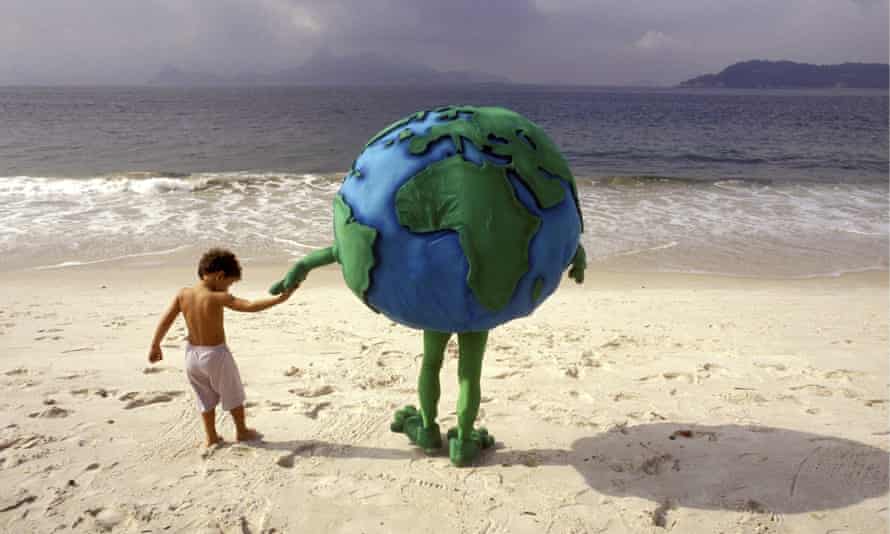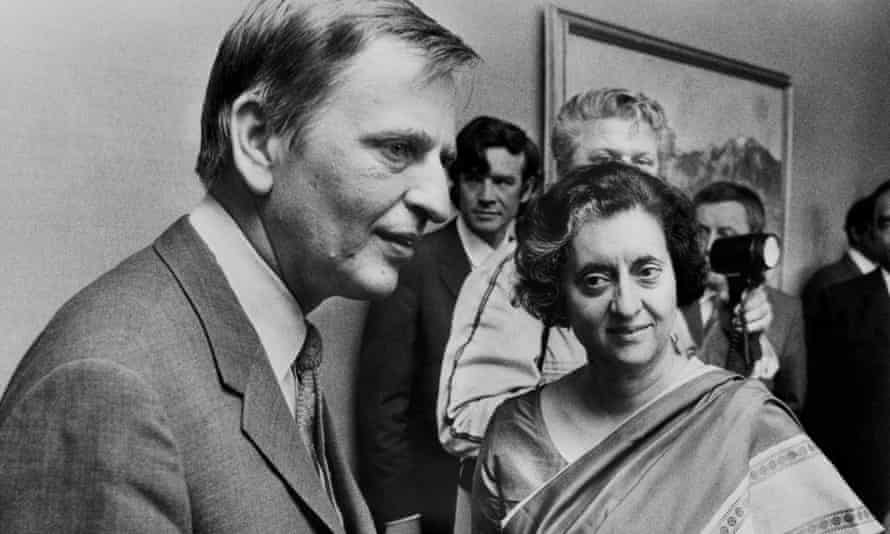Is Corporate Criminal Law Heading for Extinction?
Crimes without criminals was not a subject for study when I was in law school. The two were seen as part of the same illegal package. That was before notorious corporate lawyers and a cash register Congress combined to separate economic, health and safety crimes from corporate accountability, incarceration and deterrence.
Lawlessness is now so rampant that a group of realistic law professors, led by Professor Mihailis E. Diamantis of the University of Iowa Law School, claim there is no corporate criminal law. I say “realistic” because their assertion that corporate criminal law, does not in fact, exist is not widely acknowledged by their peers.
Most Americans know that none of the executives on Wall Street who are responsible for the lies, deception, and phony investments they sold to millions of trusting investors were prosecuted and sent to jail. “They got away with it,” was the common refrain during the 2008-2009 meltdown of Wall Street that took our economy down and into a deep recession that resulted in massive job loss and the looting of savings of tens of millions of Americans.
Not only did the Wall Street Barons escape the Sheriff but they got an obedient Congress, White House and Federal Reserve to guarantee trillions of dollars to bail them out, implicitly warning that the big banks, brokerage firms and other giant financial corporations were simply “too big to fail.” They had the economy by the throat and taxpayer dollars in their pockets. Moreover, Wall Streeters made out like bandits while people on Main Street suffered.
All this and much more made up a rare symposium organized by Professor Diamantis last year at Georgetown Law School. (See here). He wrote that the “economic impact of corporate crime is at least twenty times greater than all other criminal offenses combined,” quoting conservative estimates by the FBI. It’s not just economic, he continued: “Scholars, prosecutors and courts increasingly recognize that brand name corporations also commit a broad range of ‘street crimes’: homicide, arson, drug trafficking, dumping and sex offenses.”
The litany of corporate wrongdoing ranges from polluting the air and drinking water, dumping microplastics that end up inside human beings, promoting lethal opioids that caused hundreds of thousands of deaths, providing millions of accounts or products to customers under false pretenses or without consent, often by creating false records or misusing customers’ identities, (Wells Fargo), manufacturing defective motor vehicles, producing contaminated food, allowing software failures resulting in crashes of two Boeing 737 MAX’s with 346 deaths. (See, Why Not Jail? By Rena Steinzor).
People don’t need law professors to see what’s happening to them and their children. People laugh when they hear politicians solemnly declare that “no one is above the law,” extol “the rule of law” and “equal justice under the law.”
By far the greatest toll in preventable fatalities and serious injuries in the U.S. flows from either deliberate, negligent or corner-cutting corporate crime under the direct control and management of CEOs and company presidents, many of whom make over $10,000 an hour over a 40-hour week.
Five thousand people a week die in hospitals due to “preventable problems,” documents a Johns Hopkins University School of Medicine study. The EPA estimates some 65,000 deaths a year from air pollution; OSHA has estimated about 60,000 work-related fatalities from diseases and traumas in the workplace. This carnage does not include the far greater numbers of people suffering from illnesses and injuries.
This range of corporate destruction was pointed out thirty-four years ago by Russell Mokhiber in his classic book, Corporate Crime and Violence: Big Business Power and the Abuse of the Public Trust (Sierra Club, 1988).
What are Congress and the White House saying and doing about this growing corporate crime wave? Saying little and doing almost nothing. Corporate criminal law enforcement budgets are ridiculously paltry. The Department of Health and Human Services recovers less than three percent of the estimated $100 billion a year stolen from Medicare and Medicaid. There are too few cops on the corporate crime beat and the White House and Congress are unwilling to remedy this problem.
Congress doesn’t hold broad hearings on corporate crime, except when a dustup gets headlines like the recent contaminated baby formula from the unsanitary Abbott factory in Sturgis, Michigan.
This is remarkable because since January 2021, two of the rare outspoken lawmakers against corporate criminality, Senator Richard Blumenthal (D-CT) and Senator Sheldon Whitehouse (D-RI), both are chairs of subcommittees in the Senate Judiciary Committee.
There are large gaps to be filled and updated in the inadequate federal corporate criminal law. Some regulatory agencies, such as the FAA (aviation) and NHTSA (auto safety) have no criminal penalty whatsoever for willful and knowing violations that directly result in fatalities.
Then there is the patsy Department of Justice (DOJ). For years we’ve asked DOJ officials to ask Congress to fund a corporate crime database (like the street crime database). Attorney General Merrick Garland won’t even respond to letters about this issue. For years, specialists like Columbia Law professor John Coffee have been urging the DOJ to stop settling the few cases they bring against corporate crooks with weak “deferred prosecution agreements” or “non-prosecution agreements.” These deals involve modest fines, no jail time for the corporate bosses and a kind of temporary probation for the corporation.
Corporate attorneys play the DOJ like a harp knowing that the Department has a small budget for prosecuting corporate crime and that many DOJ attorneys are looking for lucrative jobs in these corporate law firms, after a few years of government service. Any one of many giant corporate law firms has more attorneys than all the lawyers working on corporate crime in the Department of Justice.
Professor Diamantis, W. Robert Thomas and their colleagues are prolific writers of law review articles. They argue for a range of effective penalties that will deter recidivism, which is rampant. They probe restructuring the corporate hierarchies of privileges and immunities from the law. They argue for updating the antiquated federal criminal code to match new technological/Internet/
Until, however, these scholars can make it into the mainstream media to reach enough citizens and get this “law and order” agenda adopted by candidates campaigning for elective office, the ideas they advance will circulate mostly among themselves indefinitely.

